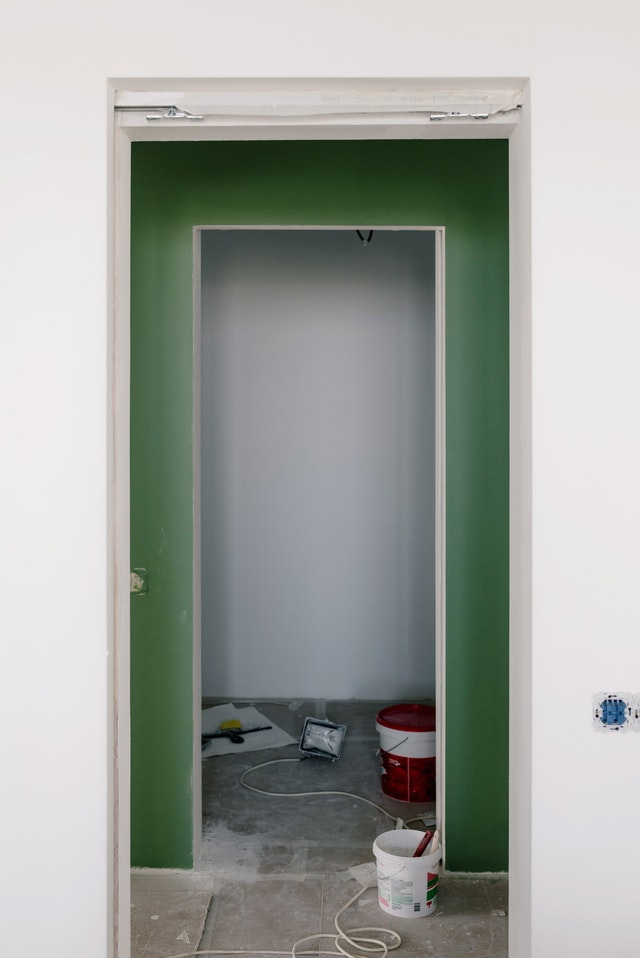
Citi Drywall Repair specialize in creating and installing noise control materials, acoustic products, and sound isolation solutions as an independent soundproofing company situated in Independence MO.
Simply put, we’re professionals in reducing noise and distractions in a variety of settings.
We don’t only make and sell great acoustic panels, foam, and blankets at Citi Drywall Repair, we also provide a comprehensive design and consulting service, allowing us to customize solutions to your specific needs.
Soundproofing
Sound is a physical vibration that passes through a body. To be audible, the noises are conveyed by the air, before reaching our ears. It is then about air noises. But these vibrations can also be propagated via solid materials, and we then speak of structural noises. To protect against unwanted noise, soundproofing, or sound insulation must be installed.

The principle of soundproofing
Two methods exist; one is to slow down the propagation of sound by trapping the air or by refracting sound vibrations thanks to an inert wall. The other consists in creating a vacuum in a wall, because the sound cannot in any case propagate without the presence of matter.
The acoustic inertia of a wall depends largely on its mass. The heavier an object, the less easily it is crossed by sound vibrations, because too weak to make it oscillate (it’s like trying to move a large rock with the only force of its arms), this is the principle of mass. Very thick walls are therefore particularly effective for soundproofing, although they are very expensive.
Another method is the mass-spring-mass principle. An air knife, the spring, is sandwiched between two solid walls, which are no longer in direct contact, and therefore cannot transmit vibrations from one to the other. This is the principle of separation. A concrete example is double glazing. The air can also be replaced by a flexible and insulating material which traps the air and makes soundproofing even more effective.
Finally, for noises which are not propagated in the air but in solid materials, the presence of phonic bridges between the materials must be avoided at all costs, in order to ensure the soundproofing of the soundproofing.
The elements with this soundproofing are usually doors and windows, walls and partitions, as well as floors.
The different types of noise and their propagation
Different types of noise constitute noise pollution in buildings, which result from different sources from which it is possible to protect oneself by adequate sound insulation. We can identify four main types of noise against which it is necessary to protect yourself for a comfortable habitat:
- exterior airborne noise;
- interior airborne noise;
- impact noises;
- and equipment noise.
When sound comes into contact with a wall, part of its energy is reflected, another is transmitted (direct transmission), and finally the last is absorbed (lateral transmission, or indirect transmission).
Thermo-acoustic insulation
A great advantage of the materials used in soundproofing is that they are also, for the most part, thermal insulators. Properly chosen, soundproofing can therefore save you from spending on thermal insulation.
